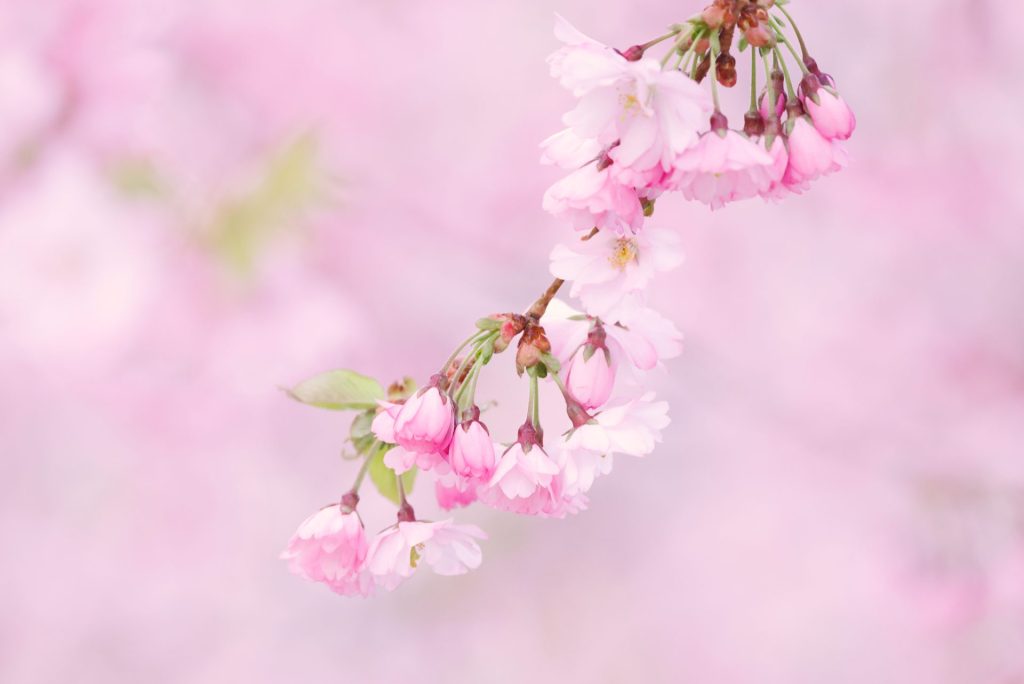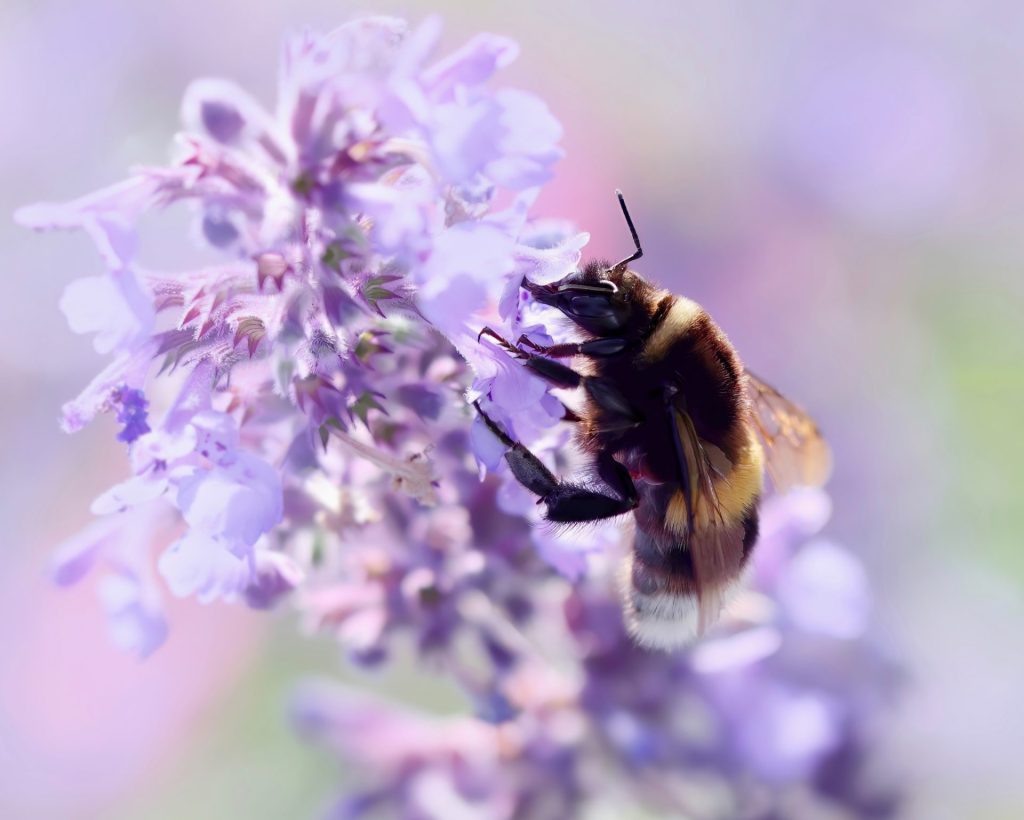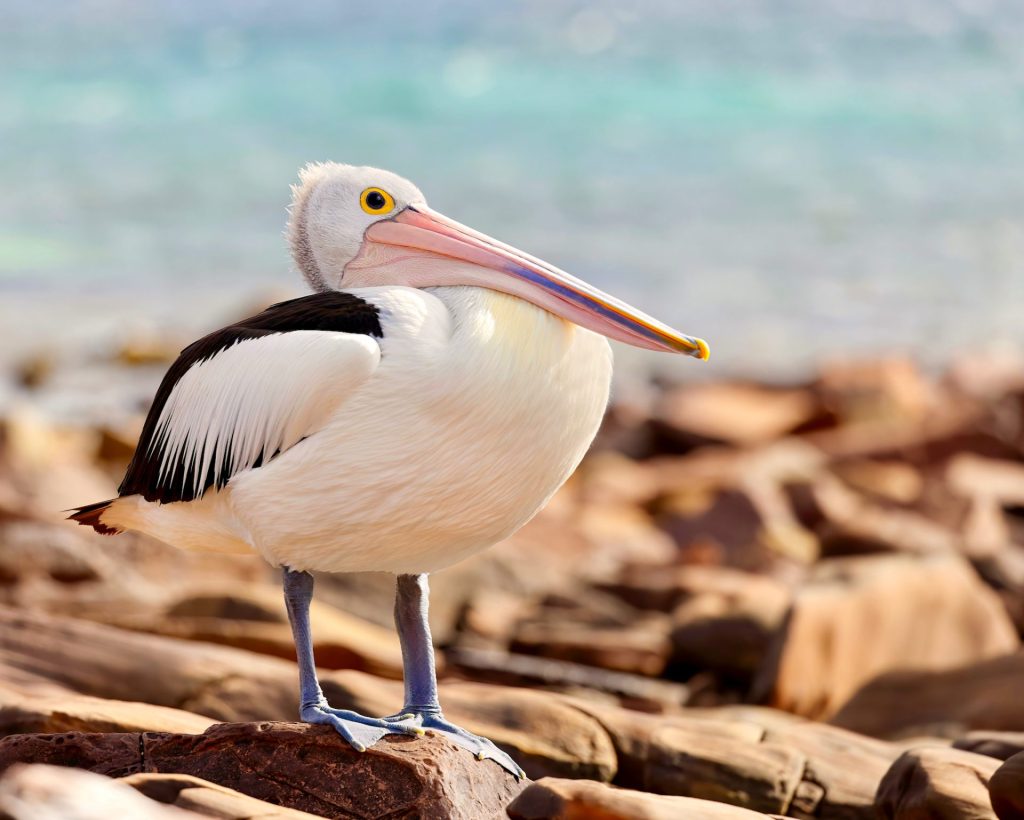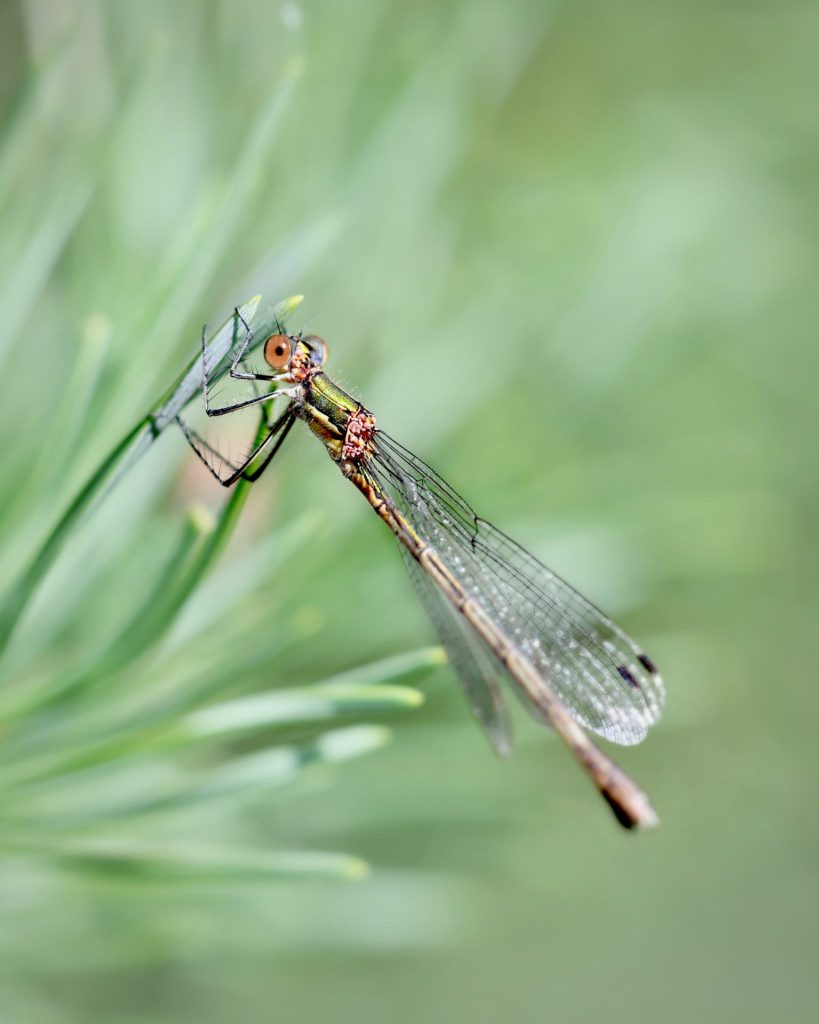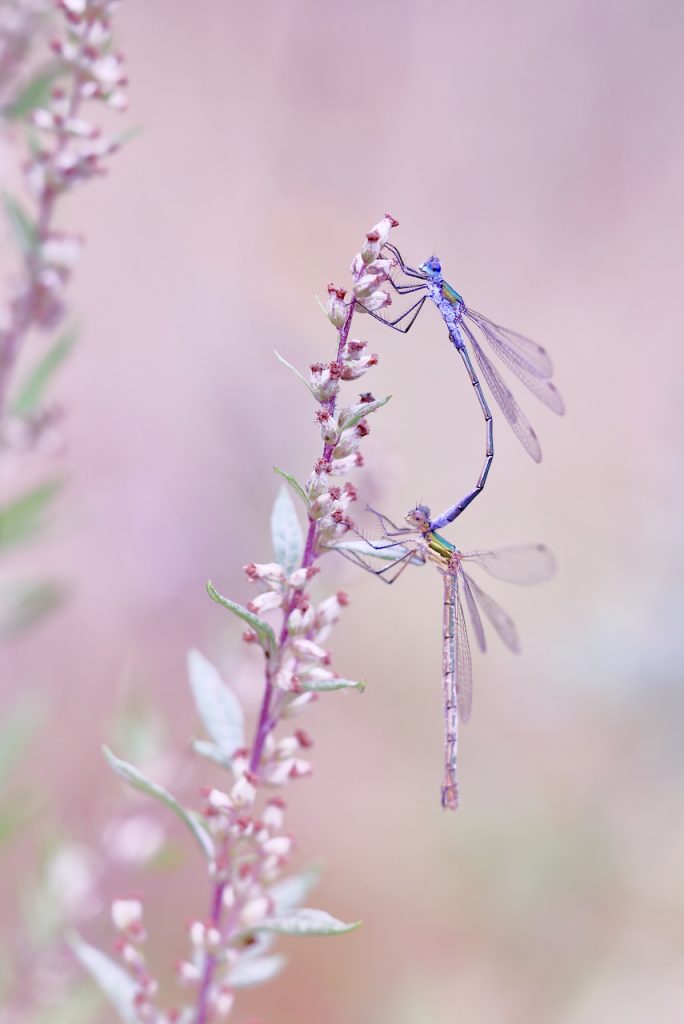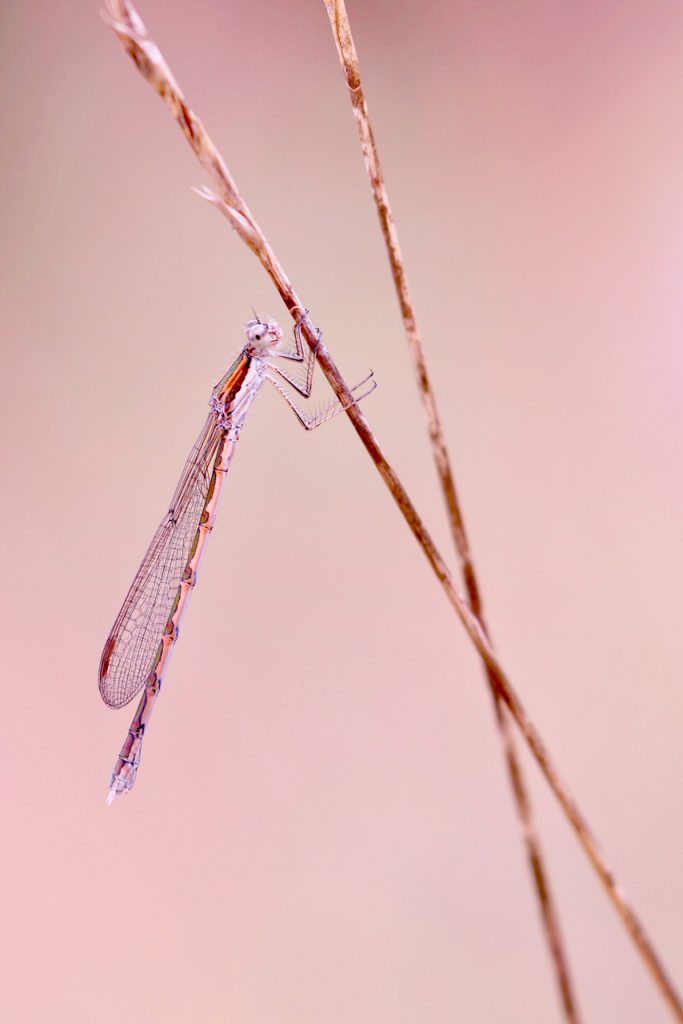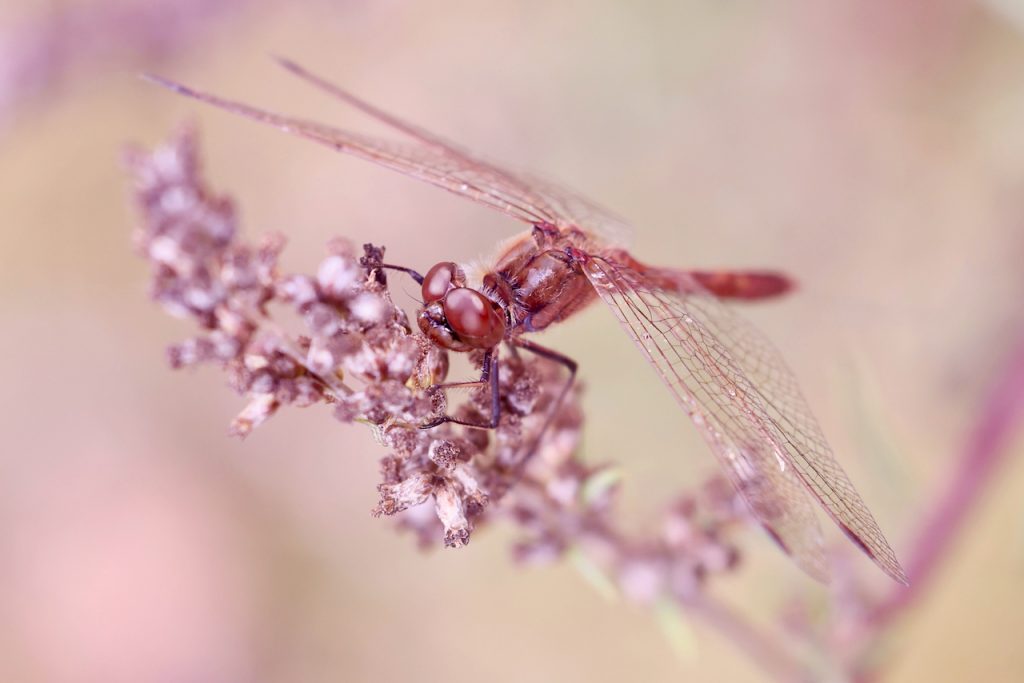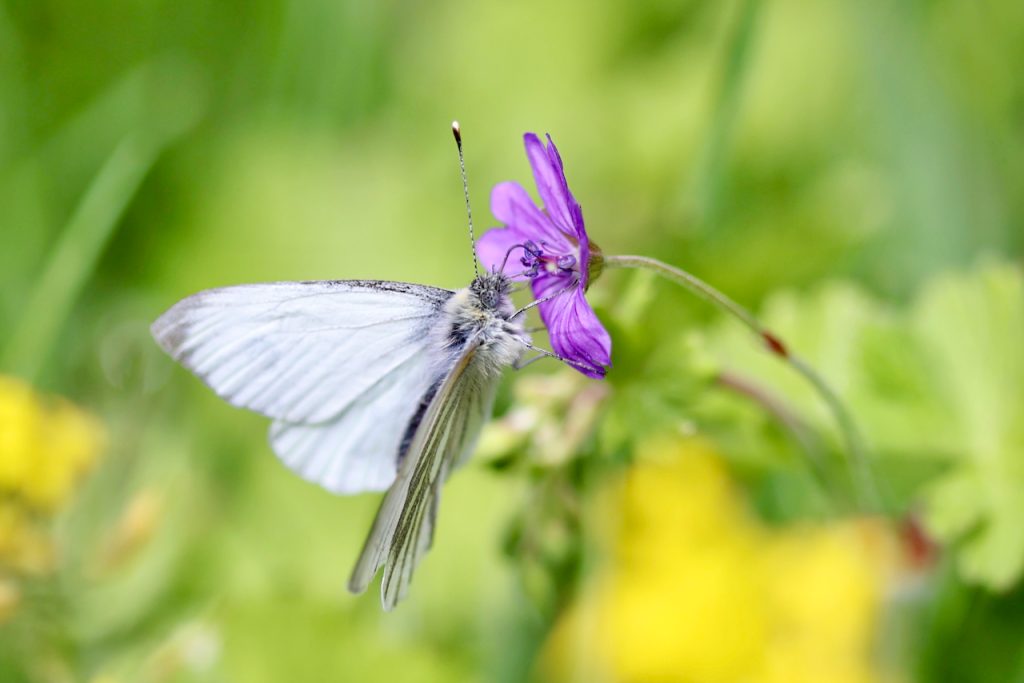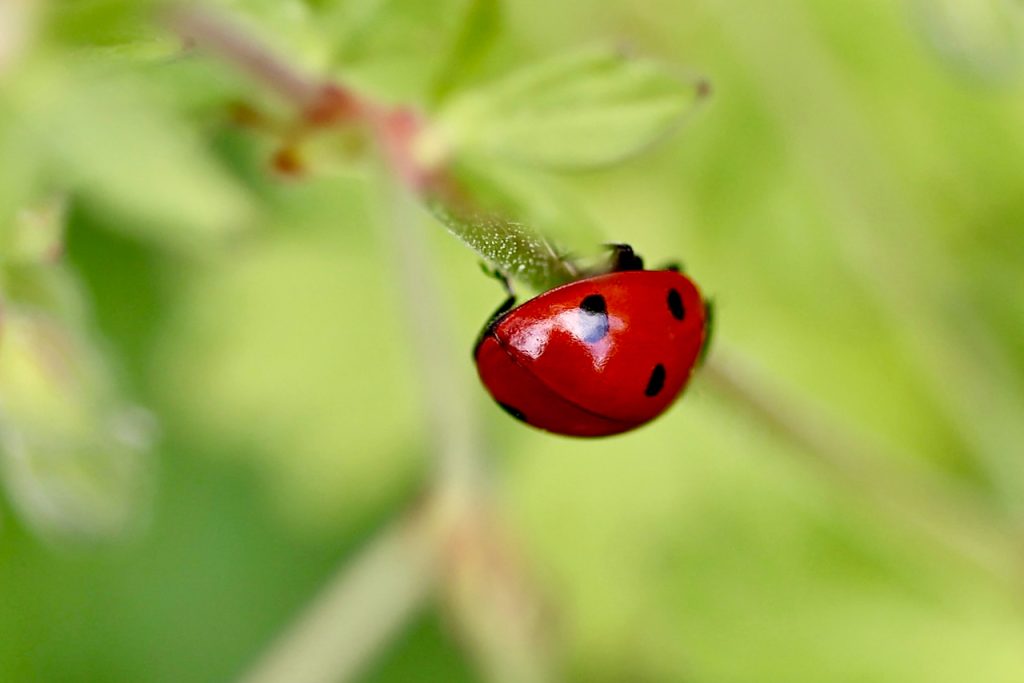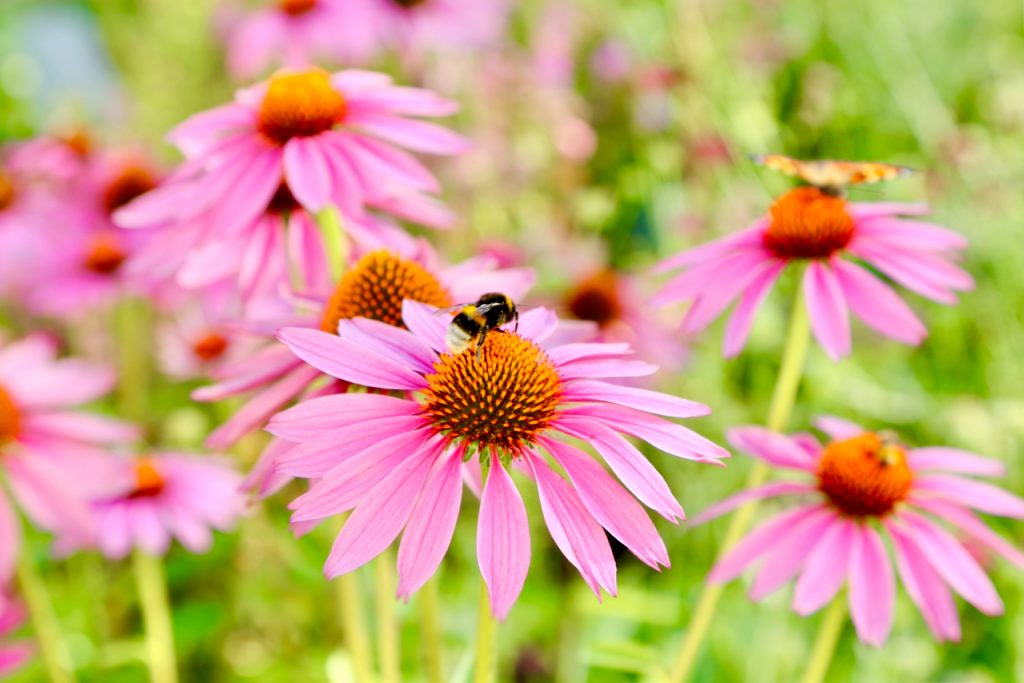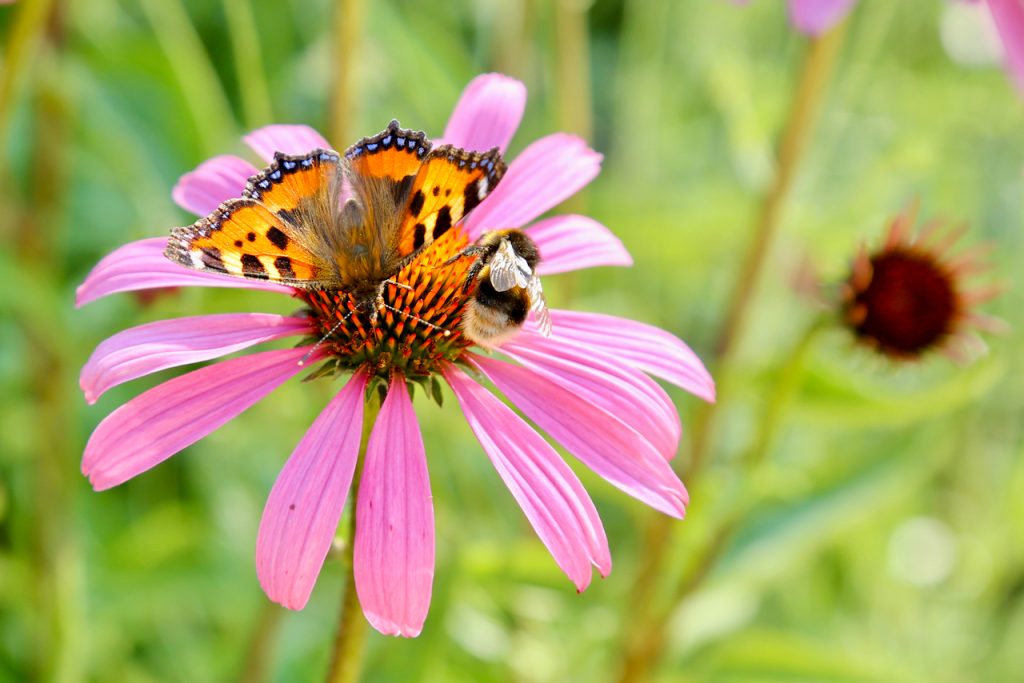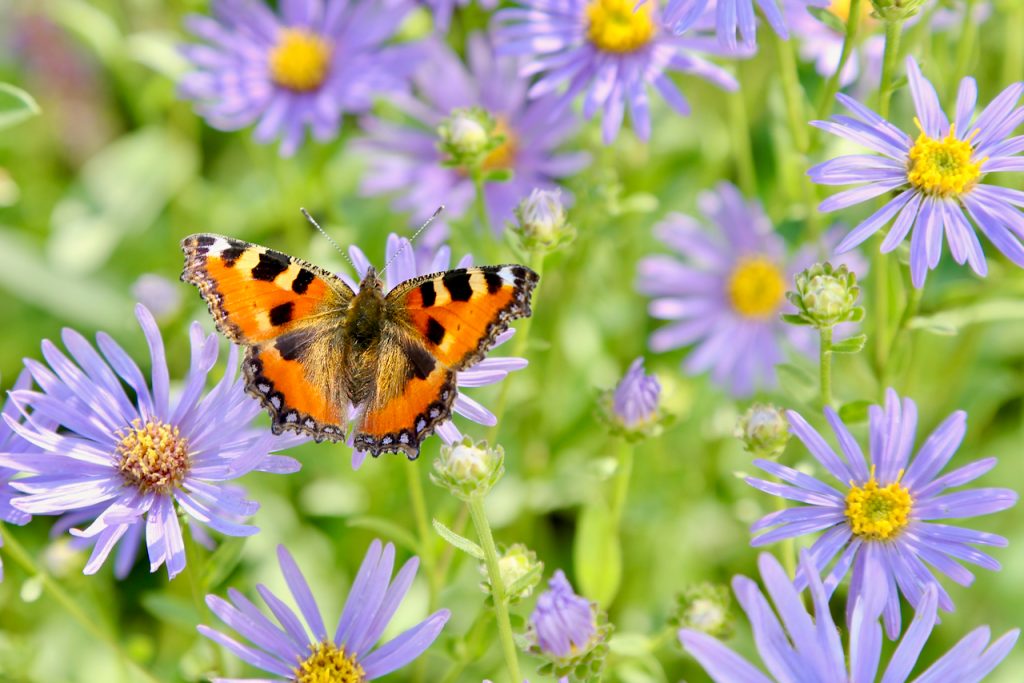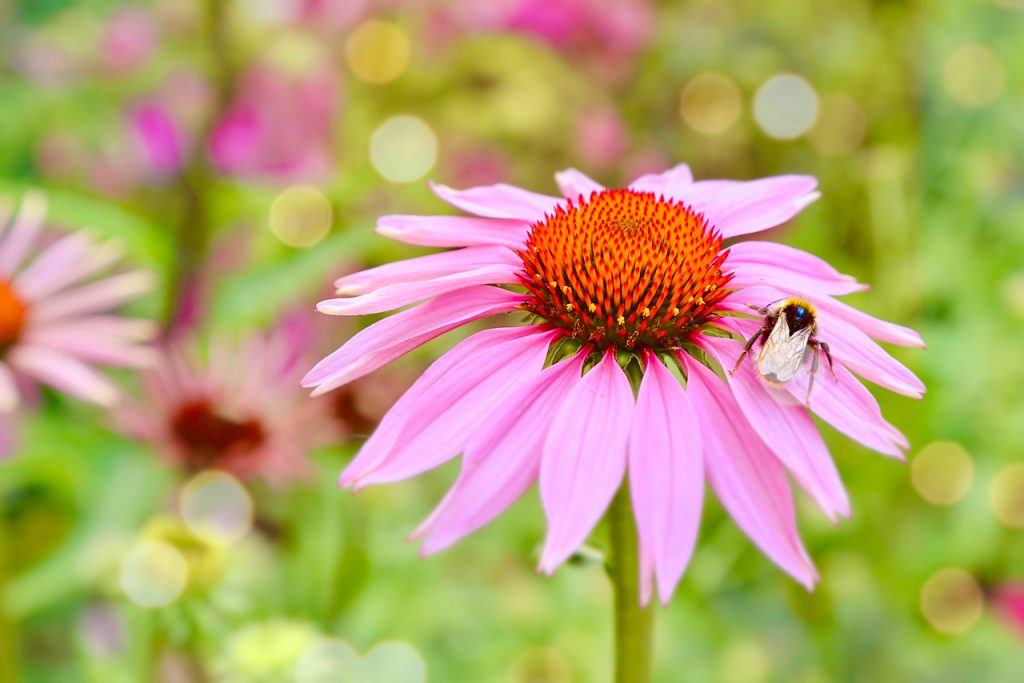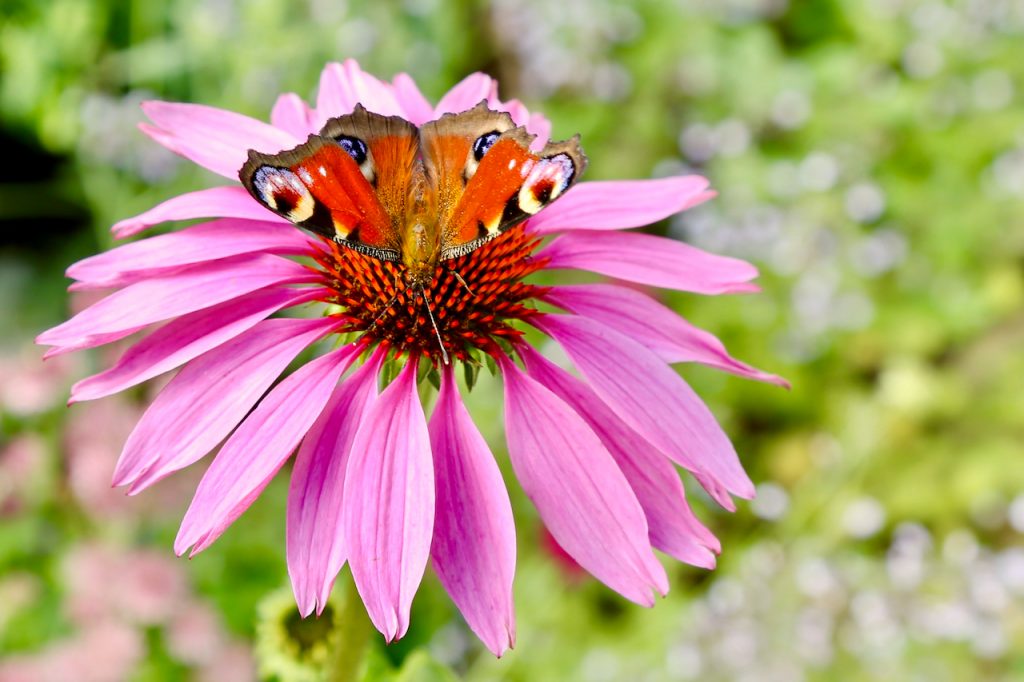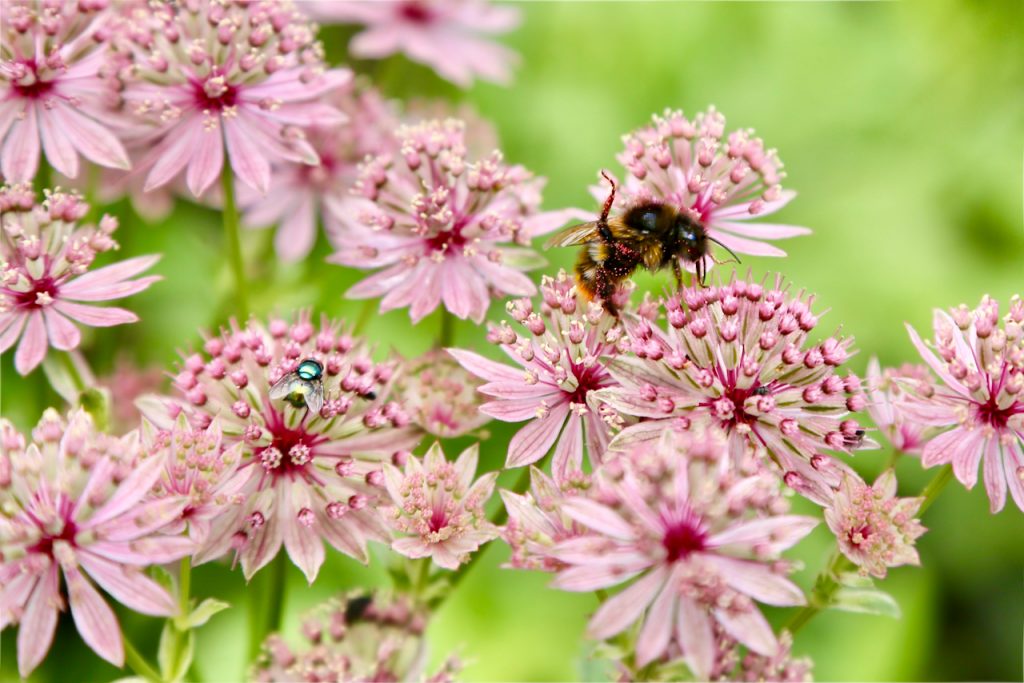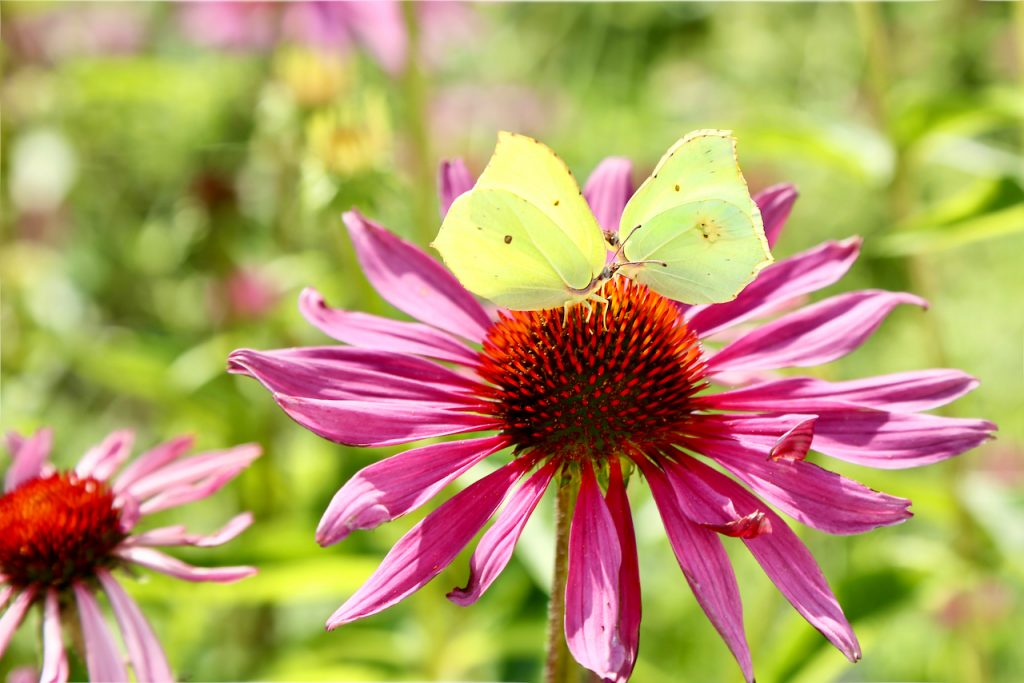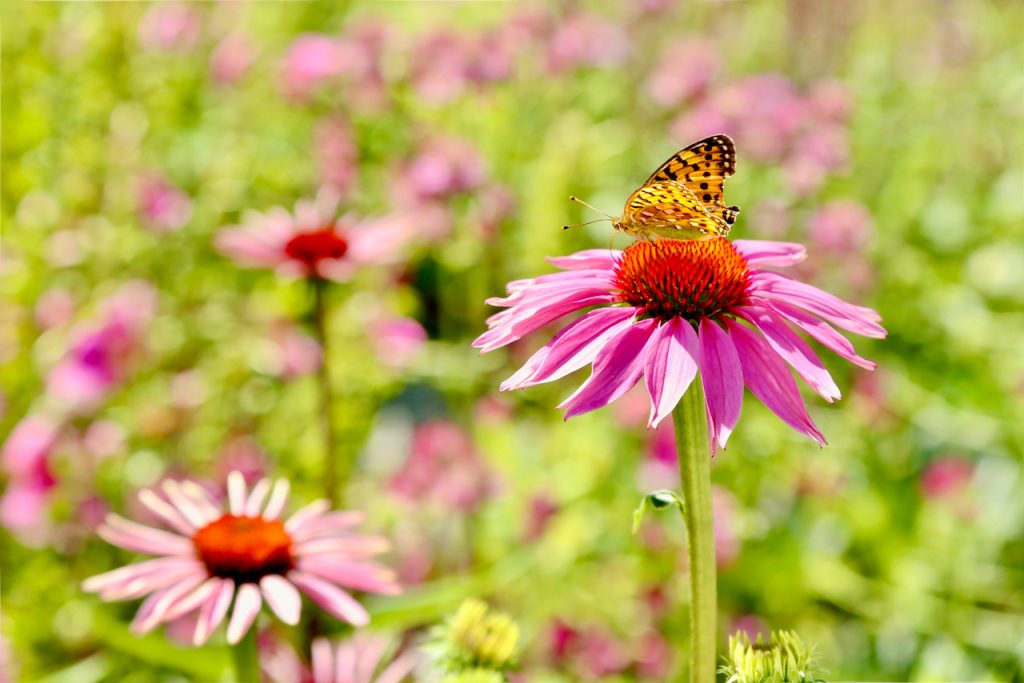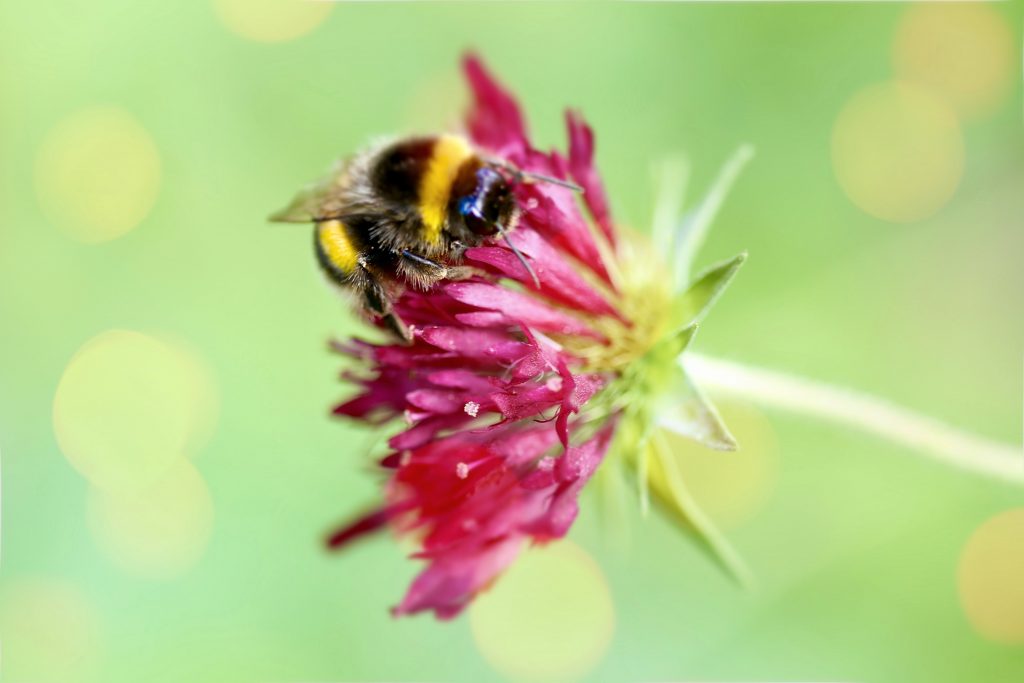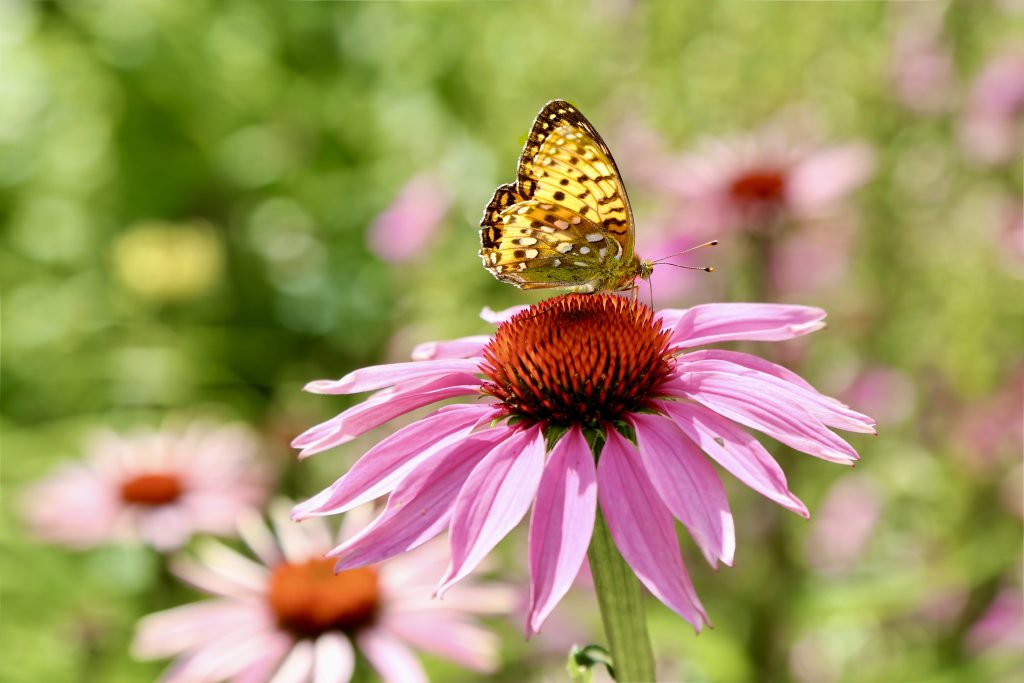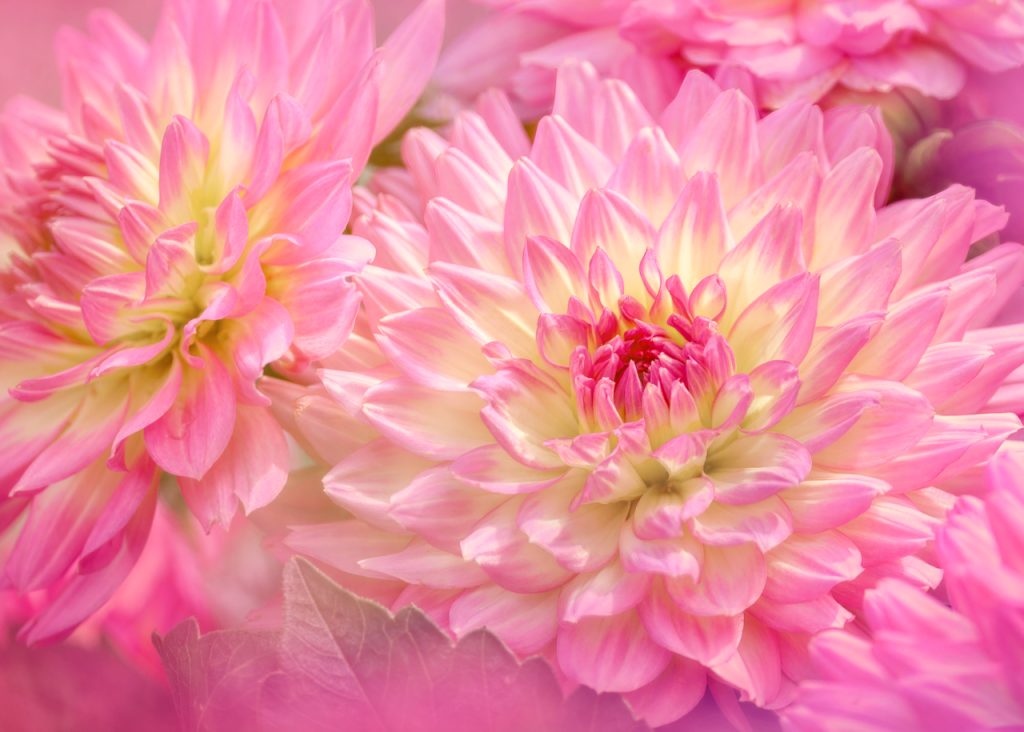
Another photo taken with my new Lensbaby Velvet 85 lens, and I’m still in love with it!
All Lensbaby lenses use only manual focus, so it’s best to take lots of photos to make sure you nail the focus – especially when shooting at large apertures, as I do. I love to shoot for the blur, and I normally love F/1.8 to F/2.8, but I noticed that F/2.8 to f/4 works best for me when using a Lensbaby.
And since EXIF data for the lens is not available, it’s best to note what lens and what aperture you were using. Since I only have the Velvet 85, the lens is not an issue, but I tend to forget to note the aperture. I still need to find the best process for this. I think simply going from large to small apertures (F/1.8, which is the largest on this lens, to F/2.8, then F/4, then F/5.6, and so on) would be simplest. Or having cards with the aperture values that you photograph every time you change the value. Oh well, time will tell.
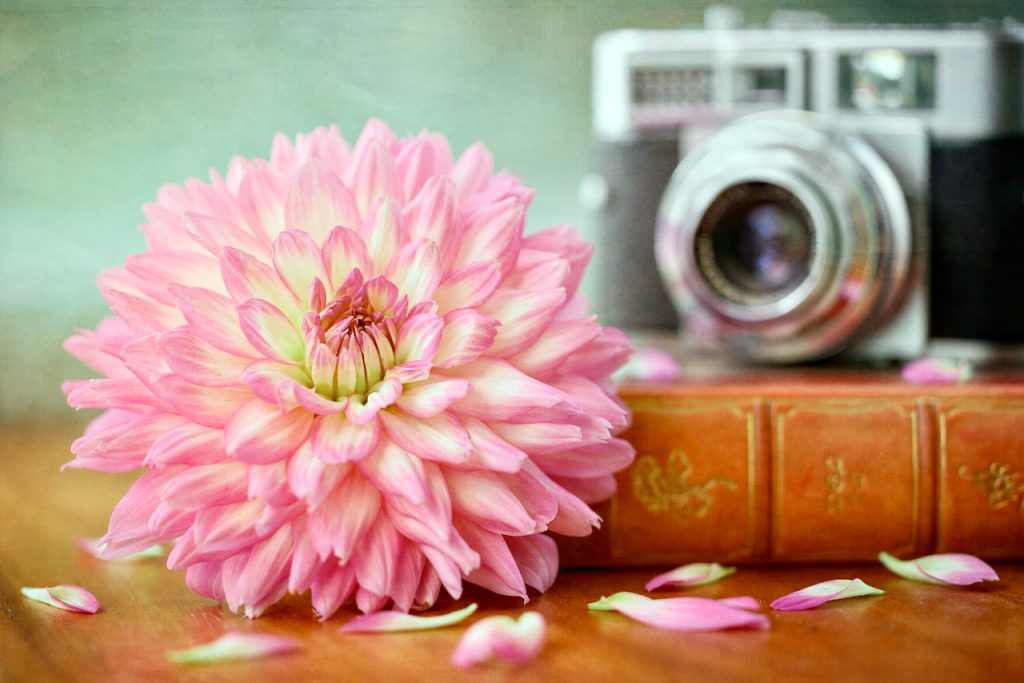
I’ve continued experimenting with still-life photos and textures. This is so much fun! I particularly love this photo because it contains the three things I love most: photography, books, and flowers.
I used my macro lens at f/2.8 for this photo and a couple of textures from 2 Lil’ Owls Studio.
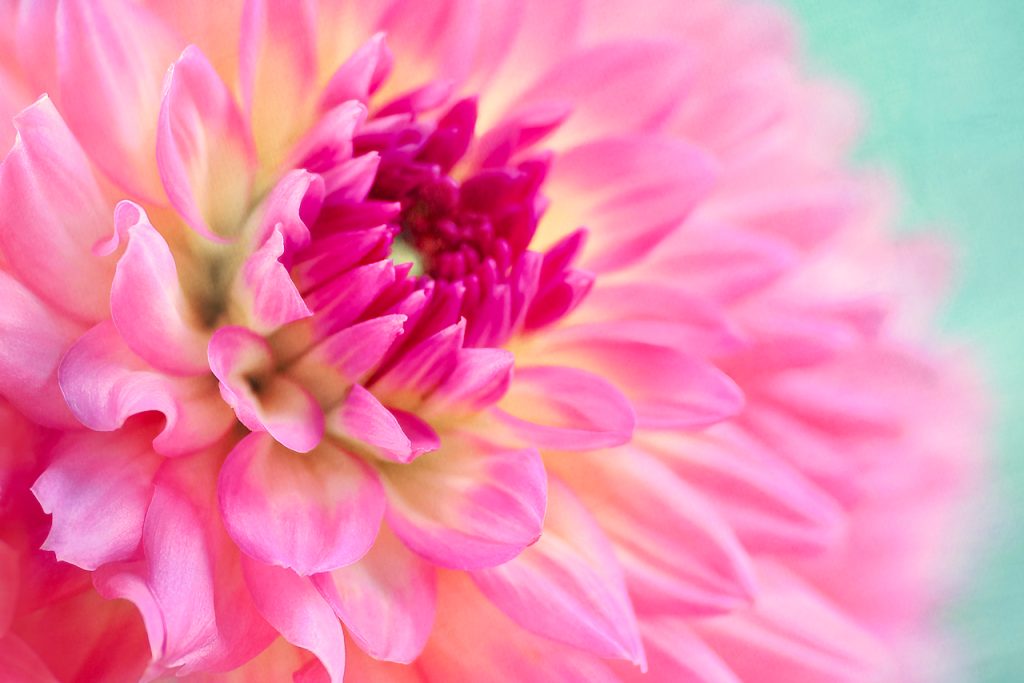
This is another photo taken with the Lensbaby Velvet 85. How gorgeous! Straight out of the camera, hardly any processing needed. Did I mention that I love, love my Lensbaby? I added a texture from 2 Lil’ Owls Studio, since I’m so in love with textures at the moment.
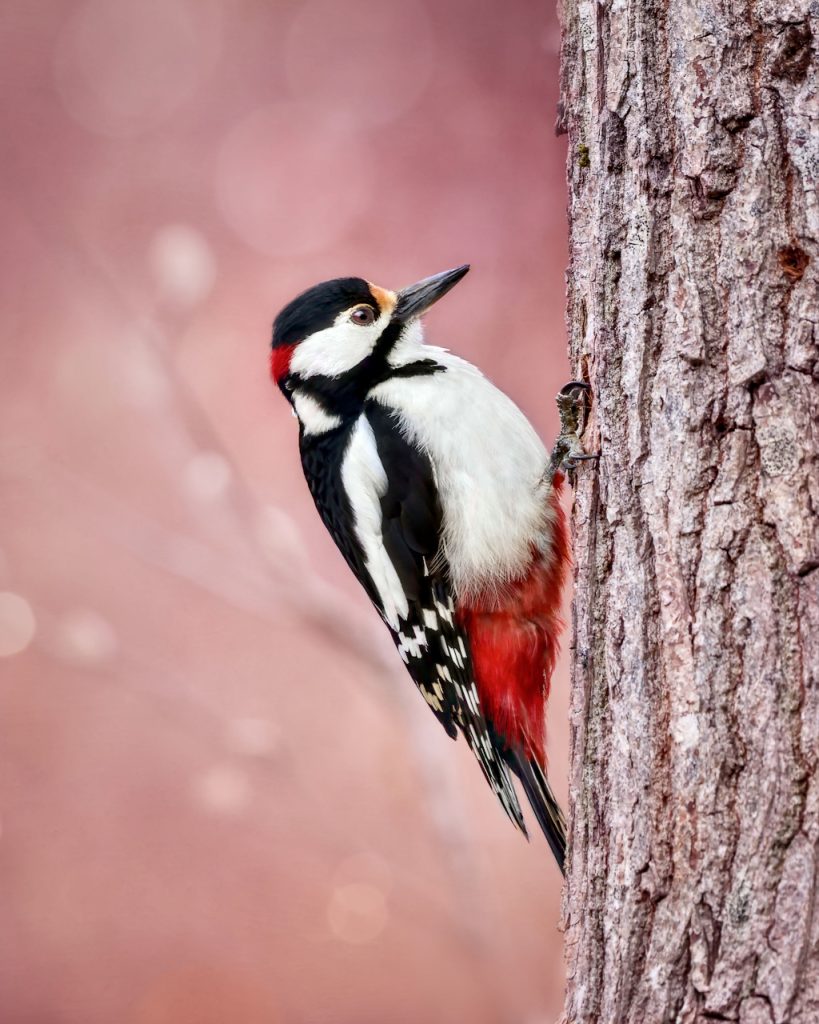
Great spotted woodpecker (Dendrocopos major) posing in our backyard. This is the old oak tree that both squirrels and birds love.
We call it the Tree of Life. Woodpeckers and squirrels chase each other up and down its trunk, small and not so small birds land on its branches first before jumping down to the bushes closer to food and water, and a lot of insects call it home. It provides a quick getaway for birds and squirrels when they get startled, and even our tabby Minette climbs it every now and then to survey her domain. (I suspect the woodpecker may have something to do with it.)
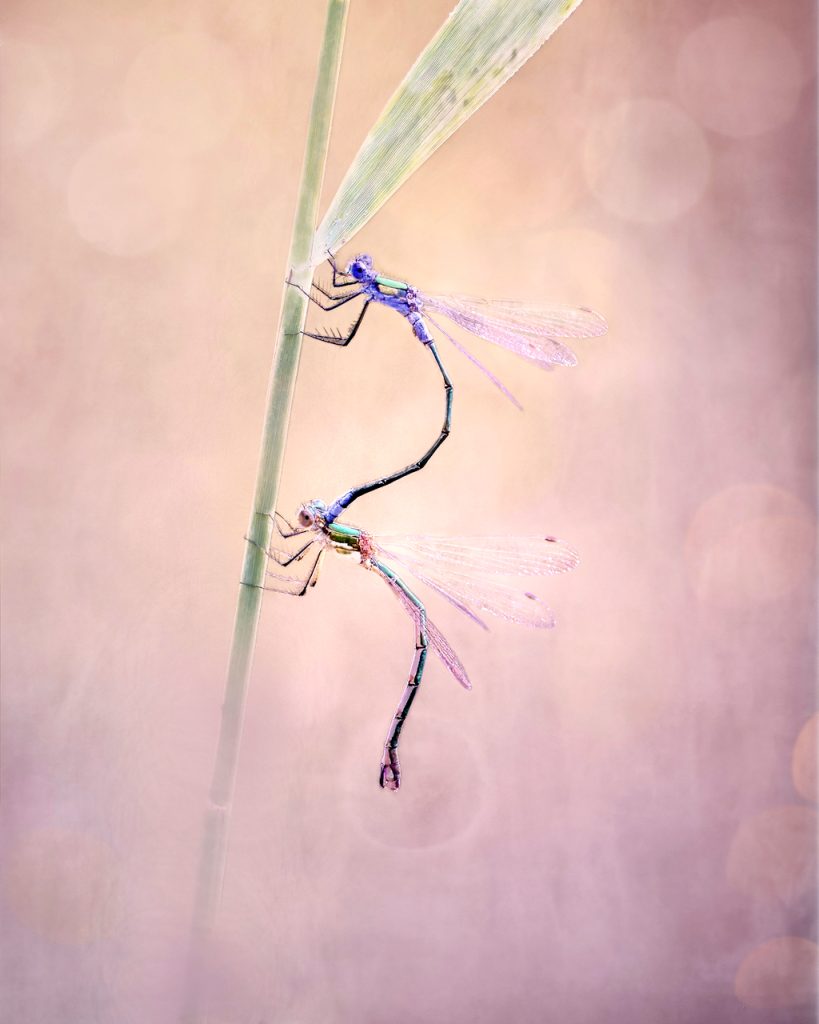
The butterfly and damselfly season is here, at last! I’ve taken loads of photos, but I didn’t have time to process any of them, save for this one 😅. This is an emerald damselfly couple (Lestes sponsa). The top one is the male; females lack the bright blue color of the males.
I’m looking forward to setting camp by the little lake in the woods and photographing more damselflies and dragonflies again!
I hope you enjoyed these photos; there are more to come next month.
Related Posts
- My 2022 Favorite Photos
- Favorite Photos: February 2023
- Favorite Photos: March 2023
- Favorite Photos: April 2023
- Favorite Photos: May 2023
- Favorite Photos: June 2023
- Favorite Photos: July 2023
If you liked this post, share it on your preferred social network or forward it to a friend.
